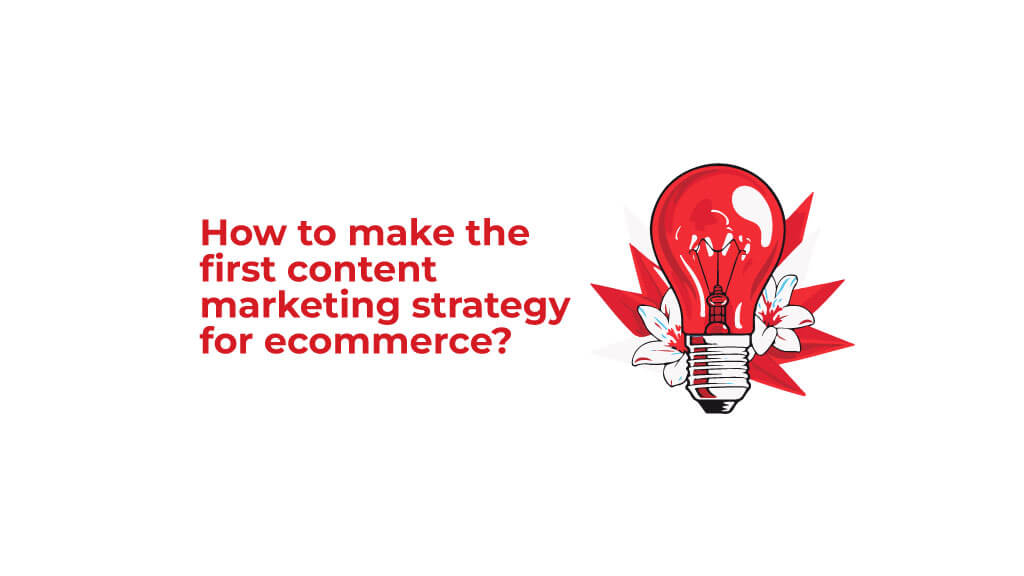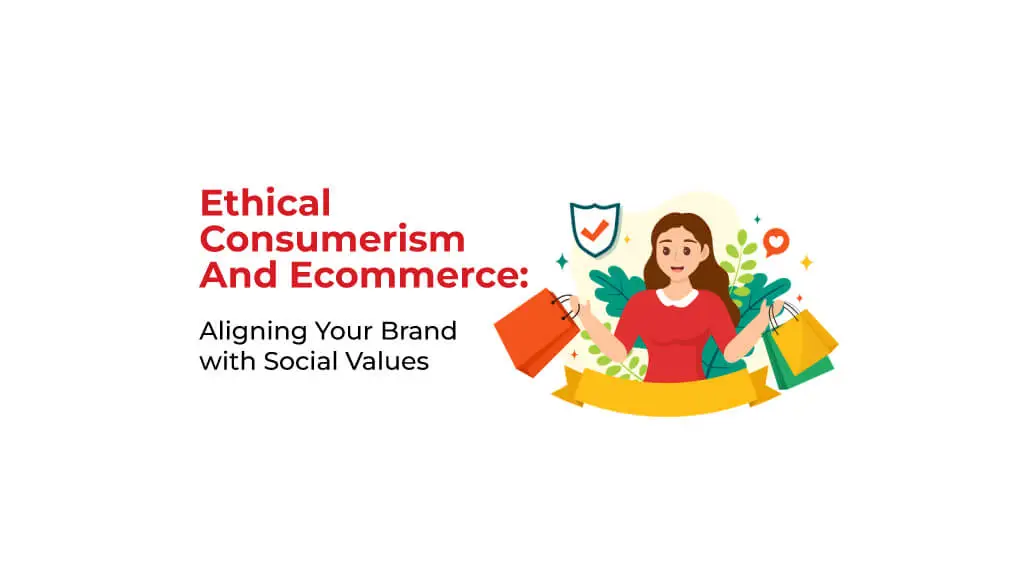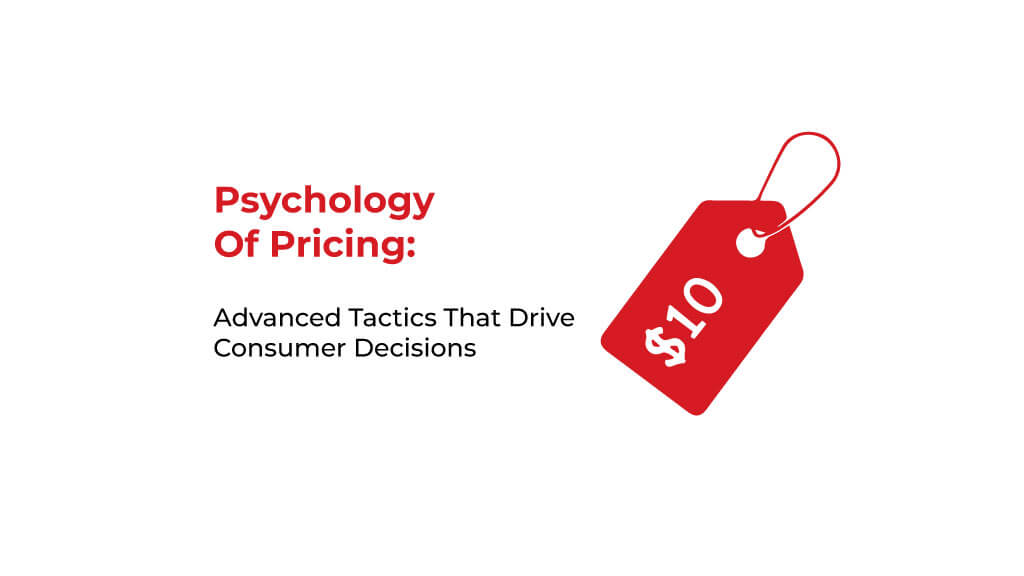E-commerce brands have an obvious goal: generate revenue with increased sales and conversions. It may sound simple and achievable, but states are saying the opposite. According to Adobe Business, the average conversion rate of an e-commerce website is only 2.57% (it vary industry to industry). But where is the lack? The content gap is the one primary reason.
Most e-commerce brands need to have clearly defined content marketing strategies. To convert organic traffic, a strong focus on creating valuable, result-oriented, relevant, and shareable content that drives targeted traffic to your website is fundamental.
This blog will dissect leading content marketing strategies for small businesses that help you develop a practical content marketing strategy for your e-commerce brand.
Content marketing in e-commerce
Why does an e-commerce brand need content marketing? To create brand awareness, improve user experience, and improve search engine results page (SERP) position.
For an e-commerce brand, strategic content marketing efforts can attract and retain potential customers. How? With the content marketing strategies that we are going to discuss below, you can identify the major pain points of your target audience. Considering the problems, you can offer them actionable solutions that build brand loyalty. And the most fantastic thing is that it is much more economical and practical than many paid means, like advertising.
By developing the right content strategy and approach, you can build a static customer base that not only adds revenue but also educates customers regarding the problems they are facing or might face in the future.
Importance of practical strategies for small business content creation and marketing
The content marketing industry is evolving daily. In 2024 alone, it will be worth $600 billion. Around 90% of marketers incorporate content marketing as a prominent part of their marketing efforts.
According to Forbes, about 74% of companies revealed that content marketing boosts their lead-generation process. Organic search is the source of around 51% of overall content consumed over the internet. These states depict the importance of the content we distribute on our social media and websites.
According to Wyzowl, about 89% of consumers want to see video content from brands, and brands are religiously following suit. They are grabbing the opportunity and utilizing reels, TikToks and YouTube shorts to reach their audience in the most convenient way possible.
This direct demand-supply relationship is why we need content marketing strategies for small businesses. Let’s develop an understanding of our target audience, customer journeys, content strategy, content distribution, and optimization strategies.
A- Understanding your Audience
Understanding your audience is the first step in developing your content strategy as an e-commerce brand. These are the people who consume your content and ultimately make purchasing decisions. After profoundly understanding their pain points, needs, and preferences, you are more likely to draft a strategy that resonates with them much more profoundly.
1- Buyer Persona
Buyer personas give you a roadmap by creating a fictional profile of your ideal customer based on data and research. Detailed personas help you learn about your audience’s age, actions, goals, and problems. With the exact image of your ICP in mind, you can make informed decisions about what to include in your content strategy, what motivates your ideal customer, what his fears are, which social media he often uses, and what type of products he is interested in. This knowledge lets you make content that connects with them and encourages them to take desired actions.

2- Conducting effective audience research
Developing content marketing strategies for small businesses requires effective audience research. Here are some actionable tips on how to do it.
Surveys
In this method, you gather qualitative data from the target audience. The simplest way is to conduct an online feedback survey regarding specific products or ask general questions regarding their pain points, needs, and preferences.
Analyzing social media engagement
Social media is another excellent one-to-one feedback platform. Here, brands can directly interact with their audience in real-time and ask them about their experience through polls, comments, DMs, story reshares, and mentions.
You can design a strategy that best suits their interests by monitoring your social media engagement and reviewing analytics, such as who views and interacts with your content, what age group, which profession, and geographical region.
For example
A person visits your online store after landing on a particular ad for floral dresses. By analyzing your social media analytics, you can show them personalized ads about the product on various social channels and send them limited-time offers via email.
Competitor Research
With competitor research, you can identify gaps in your content strategy and their trends. What is their audience demanding, and what type of content are they posting?
Analytics
Data is the most essential part of a working content strategy. With Google Analytics, you can track your audience’s behaviours and demographics and where they land on your website (Specific ads, social media CTA, the lead magnet in the blog, or through an email).
B- Building An Effective Content Strategy
After understanding your audience, the next step is to build an effective content strategy for your e-commerce brand. Content strategy gives a roadmap to your content creation efforts. You can align your content creation with your business goal with a roadmap and achieve desired outcomes (conversions, purchases).
Core elements of a content marketing strategy
Following are the stakeholders of your winning content marketing strategy.
1- Goals
Clearly define what you want to achieve from your content marketing efforts. What is the primary goal of your content marketing? Is it to create brand awareness, build authority, generate leads/sales, or build customer loyalty?
2- Content Types
What content types are your competitors utilizing, and what types resonate best with your audience? Is it a blog post, short video, how-to guides, explainers, infographics, or a podcast? Whatever type aligns with your audience’s interest, go for it.
3- Channels
Another essential factor is selecting an appropriate channel where most of your audience interacts with your content. Every channel and platform has a different audience base and purpose. Your website is the primary channel (your audience hub). Then comes social media, email marketing, and relevant outlets.
4- Measurement
Timely performance tracking of your content will let you refine your content strategy. You will learn which content works best for your audience and which channels get your desired outcomes. Based on these measurements, you can refine and make prominent changes or improvements in your strategy.
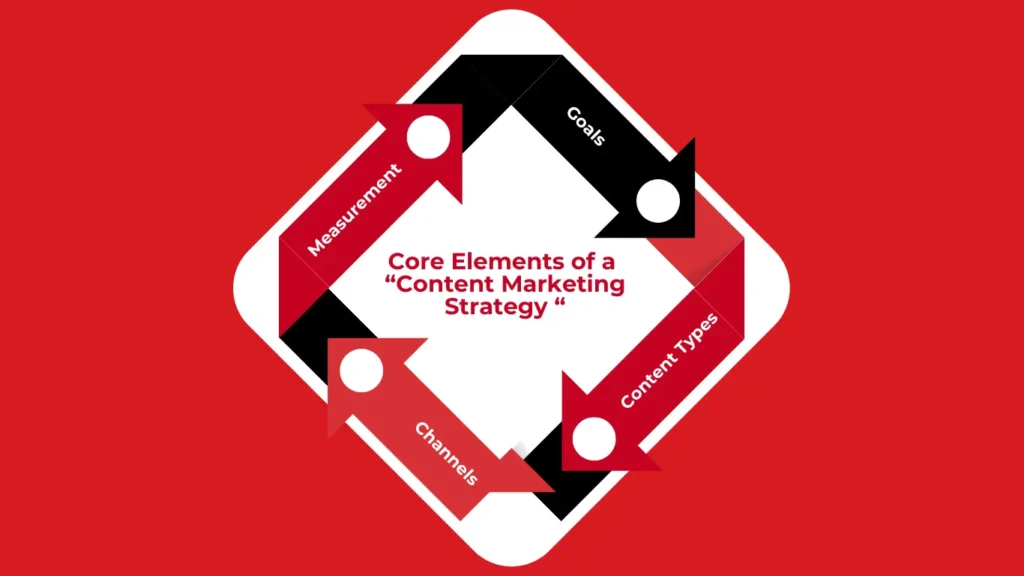
Importance of setting measurable and realistic goals
Hoping to achieve an outcome without setting a measurable goal is like waiting for your parcel to arrive without purchasing the product. When planning your content marketing goals, make sure they are clear, specific, achievable, relevant, and have a deadline (SMART). For instance, rather than a general goal such as “boost website traffic,” aim for a detailed goal like “increase website traffic by 20% in the next three months.” This approach will make it easier to monitor your progress and evaluate your achievements.
Content Formats for E-commerce Business
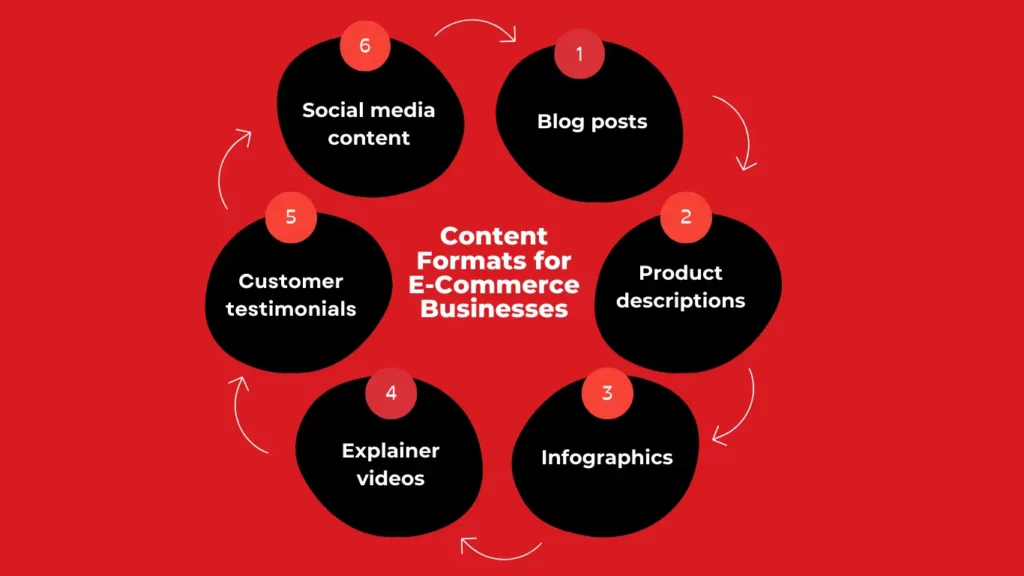
- Blog post: Relevant, informational, and trustworthy content regarding your industry, product, or niche.
- Product Descriptions: Understandable product descriptions clearly describe your product’s purpose, features, and benefits.
- Infographics: Visual representation of your research or data to communicate with a content mix.
- Explainer Videos: If your product requires a deep understanding of its usage or is in multiple pieces, like a baby carriage or a foldable bed, then making an explainer video will benefit your customers.
- Customer Testimonials: Sharing live customer feedback will build trust and positively impact your customer base.
- Social Media Content: Around 82% of online shoppers prefer social media to make a purchase. If your social media is optimized for conversions, people will immediately buy from your brand.

Content Repurposing
Repurposing your content can make it more popular and save effort and money. For instance, you can change a blog post into an infographic or video or send a social media post as an email newsletter. This way, you can attract new people and strengthen your message.
C- E-commerce Customer Journeys
The customer journey of an e-commerce brand is typically a series of steps a person (potential customer) takes before and after making a desired decision (purchase). Building a customer journey map can benefit a brand in multiple ways. Some are described by Omnisend below;
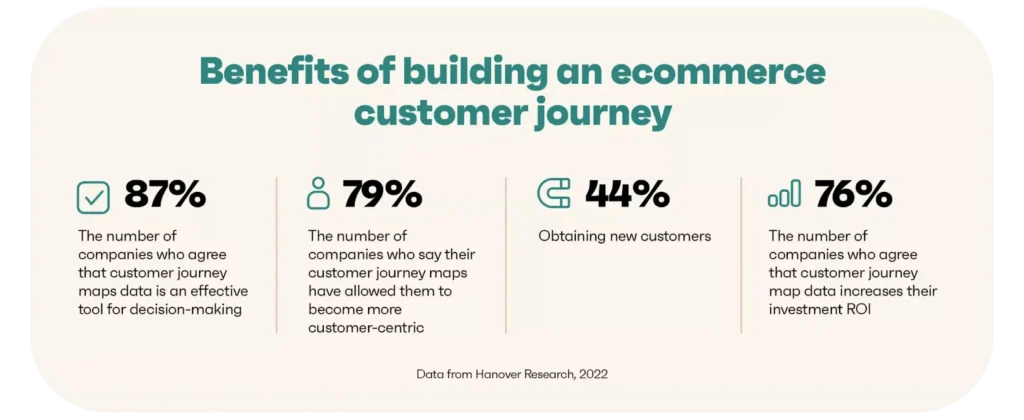
Customer Journey Stages
This journey is divided into five steps, which range from creating awareness about the product to moving to the consideration stage, acquisition (where a customer most probably makes a purchase), retention, and advocacy.

To create a holistic content strategy, you must create content that resonates with different audiences based on their stage in your customer journey map. For each stage, you must incorporate different content types in your strategy to communicate with the audience residing in that stage so they can move further down the marketing or sales funnel.
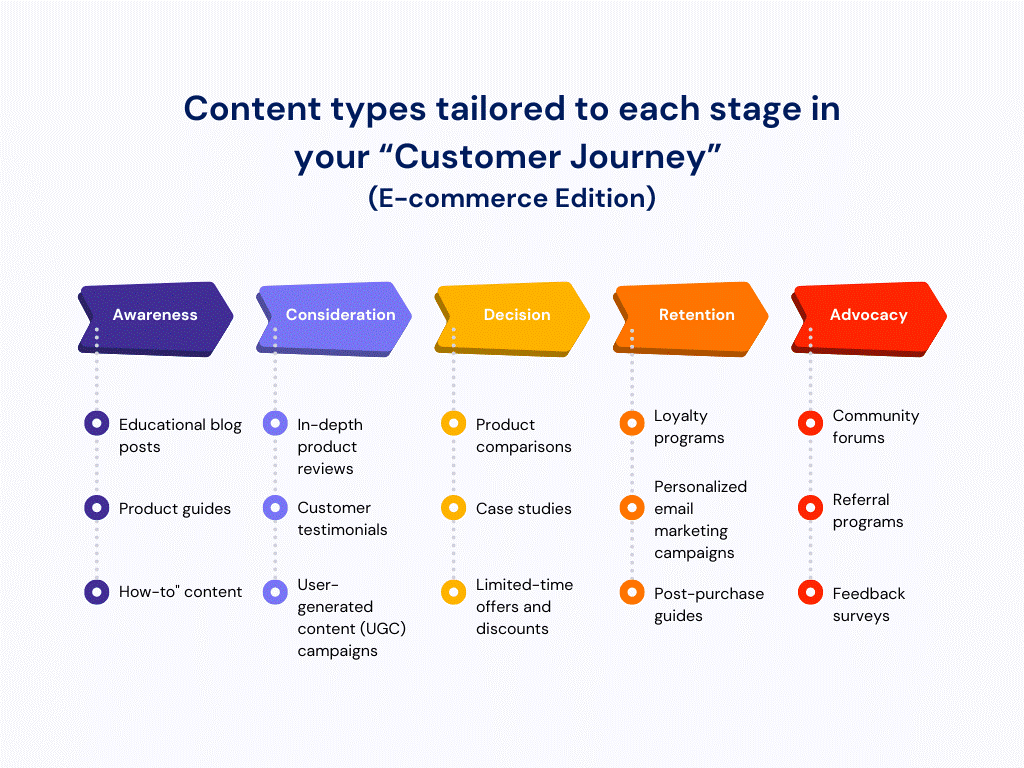
D- SEO and Content Distribution
You have to write the best website copy, product description, or how-to guide, but when potential customers look for it, they need help finding you online. You might be sitting on page 3 of Google search results while your competitors are feasting over your target audience.
That’s why investing in search engine optimization is essential. By optimizing your SEO content, you make it discoverable for your potential customers, build your site authority in front of Google, get organic website traffic, and improve website visibility.
“Because when your customers like you, google likes you more“
How to make your content visible using SEO
SEO is a multi-dimensional approach. But with the most common three practices, you can crawl to the Google 1st page. It’s not rocket science, only if you put effort into making a change.
SEO TIPS
1- Keyword Research
Google updates its content policies every few months, making searching valuable and easy for users. Our approach should be customer-centric to gain Google’s trust, build domain authority, and get organic traffic. Google ranks content based on intent and keywords that searchers insert as queries in the search bar.
If you can find out what your audience is searching for online, you can strategically incorporate that information into your content to rank it on Google.
There are different types of SEO, but the most useful today is the semantic SEO strategy. This type dives deeper into the intent behind the search query than specific keywords.
Google is personalizing the search experience for its users, and it’s a step towards making it work. Based on previous searchers, Google showcases content pieces (blog, article, video, social media post) that depict the intent behind the query.
Multiple tools help you find relevant keywords for your industry based on the number of searches done in a specific region. And with the advent of artificial intelligence, these tools are becoming more intent-oriented. Some of the tools include;
- SEMrush keyword research toolkit (overview or magic tool)
- Google keyword planner
- Ahrefs keyword generator
- Moz keyword search
- Ubersuggest
2- On-page optimization
With on-page optimization, you can optimize your web pages and landing pages for search engines. You can also optimize your content by integrating relevant keywords in your pages (meta tags, headings, body, and conclusion).
3- Link Building
Last but not the least. Building a domain authority and maintaining a Google ranking is crucial for a new website. For this purpose, you can create valuable and relevant content and acquire backlinks from trustworthy and reputable websites.
Content Distribution channels
Proper content distribution is essential for getting the most out of your marketing efforts. There are a lot of content distribution channels. Do you need to be on all of them? It might be or might not be. It solely depends upon your target audience. How do they interact with your content, and on which channel? It gives you a dimension on where to invest to get your potential customers’ attention.
Your audience might be most active on Twitter, but as a B2C company, you are getting sales from Instagram. Every channel has a different purpose. It is your business goal to choose what best suits your interest.
As rocket content described below, content distribution channels are divided into three major categories.

E- Tracking and Analyzing content performance
Keeping track of your content performance and analyzing your results every week or fortnight helps you make informed decisions. The data reports allow you to choose where you are getting most of your leads or customers, which channels work best for you, and where your customers are highly interactive with your content. With your defined and measurable KPIs, you can quickly identify critical areas for improvement and optimize your content strategy.
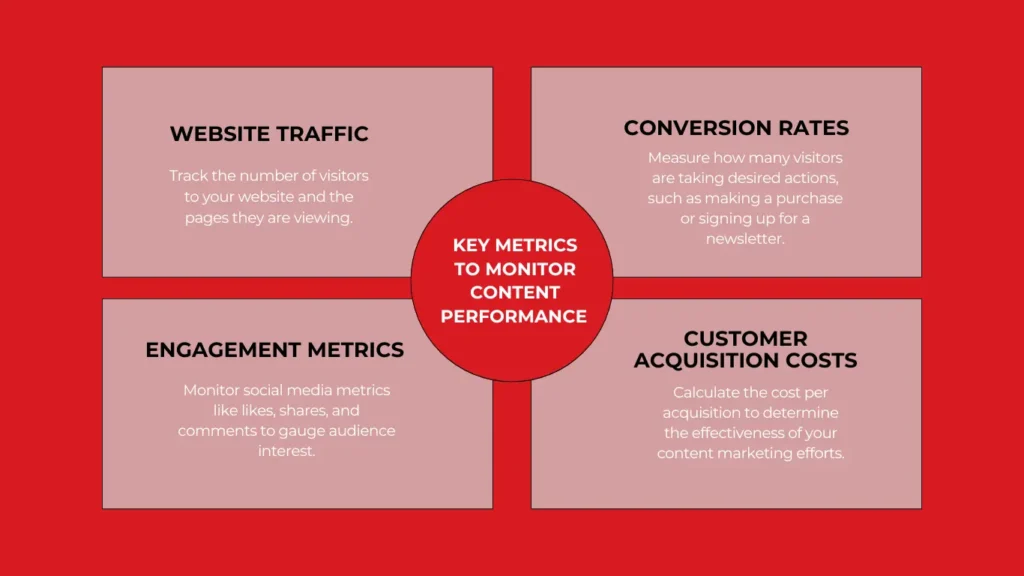
Conclusion
Well-defined content marketing strategies for small businesses that want to thrive in e-commerce are fundamental. Understanding your audience, crafting an effective content strategy, choosing the right platforms for content distribution, optimizing search engines, and keeping track of content performance gives you a roadmap. With the right direction, you attract your potential customers, nurture them, turn them into loyal ones, and retain them to generate revenue.
If you want to warm your leads and turn them into returning customers to grow your revenue cap, hit the button below to get weekly proven e-commerce strategies.
FAQs
-
How to do content marketing for a small business?
Small businesses mostly have a small team. The best possible way for them is to start small. Choose a single platform and defined niche but with a proper content mix. Small businesses can grab attention more quickly because they have more ground to play on and experiment with different content formats and types. They might have a small customer base, but they can have a most relevant and organic clientele with the right content marketing approach.
-
What are the 5 C’s of content marketing?
The 5 C’s of content marketing are Clarity, Consistency, Creativity, Credibility, and Customer-centricity. By following these principles, one can design a practical and actionable content strategy.
-
What are some content marketing strategies?
Some content marketing strategies include understanding your audience, building a content strategy, Content SEO optimization, Choosing the right content distribution channel, and tracking performance.

